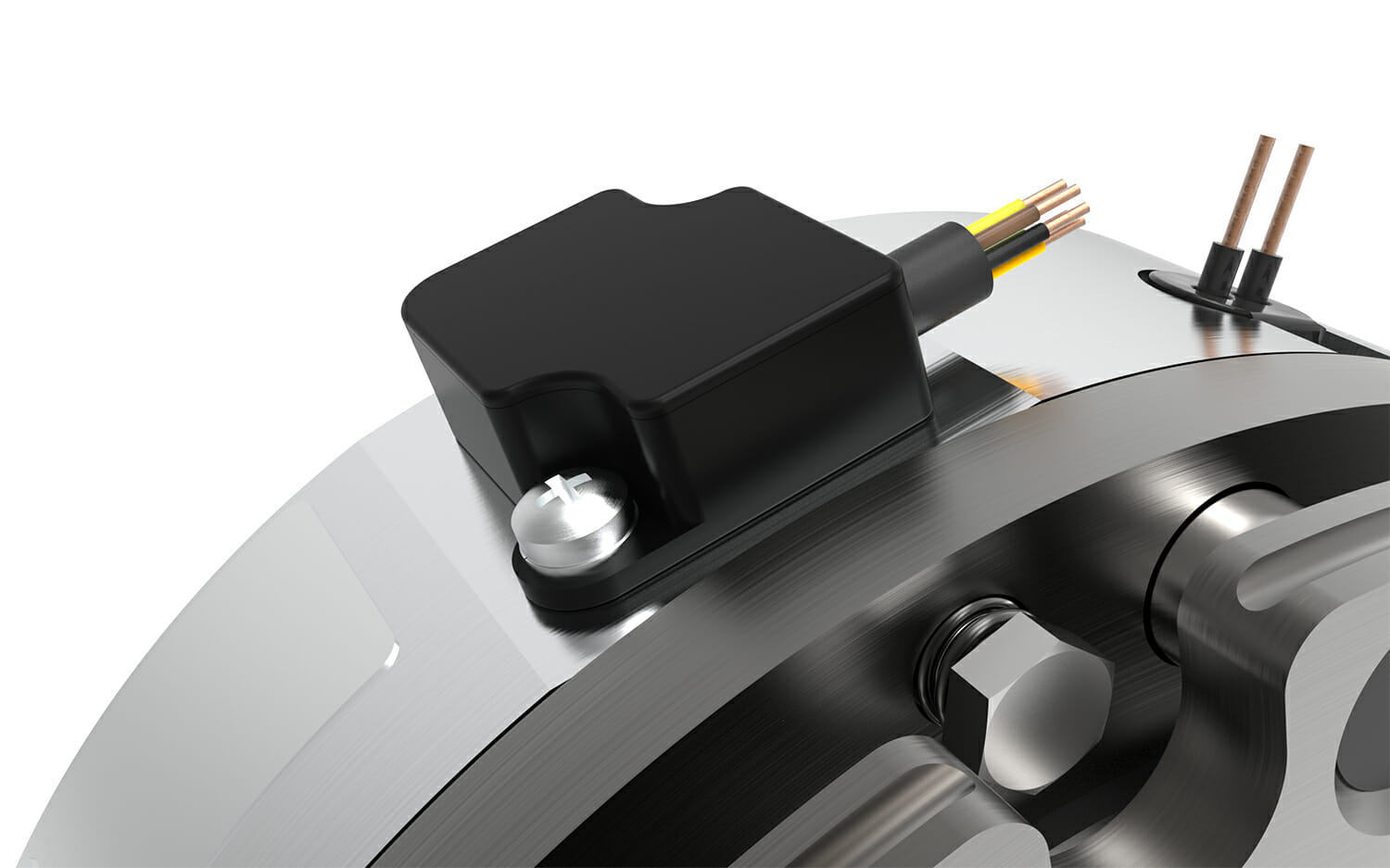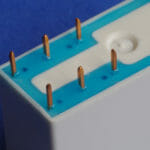Warner Electric, a premier brand of Altra Industrial Motion Corp., has developed an innovative technology for monitoring electromagnetic brakes in elevators and stage/theatre applications.
Backwards compatible with conventional electromechanical microswitches, but with none of their inherent limitations, the patent-pending WES contactless sensor brings improved reliability to electromagnetic brake monitoring, and adds the capability for predictive maintenance, eliminating unscheduled downtime.
Electromagnetic brakes have become a popular option for elevators, as well as for lifts and winches in stage and theatre applications. The design of brakes for such applications is covered under the European standards EN81-20:2014 and EN81-50:2014 and the US standard ASME A17.1, which specify that proximity sensors must be incorporated into the brakes to provide verification that the brake has actually engaged or disengaged.
Traditionally this function has been accomplished using snap action, dry contact microswitches, with their popularity based on their simple mechanical architecture and compatibility with different current and voltage requirements. But the prevalence of PLC control in modern applications mean the current and voltage handling is of minimal advantage, while mechanical failure due to vibration and from the non-conductive contamination oxide layer that tends to form on the gold alloy contacts in lower voltage applications increase the servicing requirements on the brakes. There are also environmental concerns about pollution from the silicon in the contact alloy. Further, while the hysteresis cycle is typically around 0.05mm, the susceptibility to mechanical vibration and pollution means the stroke has to be increased to provide a greater ‘displacement margin’ around the hysteresis points which increase over the product life and to prevent drift of switch point.
Inductive switches address many of these issues, providing non-contact operation that is free from wear, and being insensitive to vibration, dust and moisture. But temperature range is limited, and the switching point can drift with temperature. Further, strong magnetic fields can saturate the core of the sensor, altering the switch point or creating uncontrolled switching of the sensor. Finally, while the solid state output is fully compatible with modern PLC control systems, there is no backwards compatibility with the simple NO/NC dry contact switch based systems that are still prevalent within the elevator industry.
To address these issues, Warner Electric has developed a new technology for reliable, wear-free, shielded detection of brake engagement/disengagement. Fully compatible with the requirements of EN81-20:2014, EN81-50:2014 and ASME A17.1, the design offers a highly accurate and repeatable switching point combined with very low hysteresis (0.03mm) over a wide temperature from -40°C to +105°C. The low hysteresis and elimination of drift of the switch point with temperature means that sensing distance is no longer a constraint in brake design, enabling the brake air gap to be reduced to as little as 0.15mm, giving increased braking torque.
Three output options are available, including an NC/NO output that is fully backwards compatible with existing dry contact switching circuits used with traditional microswitches. The WES also provides NPN or solid state outputs compatible with PLC interfaces, along with an analogue output that provides a voltage proportional to absolute stroke/air gap position. This enables wear to be monitored as part of a predictive maintenance strategy.
Fully integrated into the brake inductor itself, and so into the brake magnetic field, this new sensing solution is shielded and immune to any kind of external magnetic field. Further increasing reliability in operation, the WES incorporates protection against reverse polarity, over-current, over-temperature and over-voltage.








